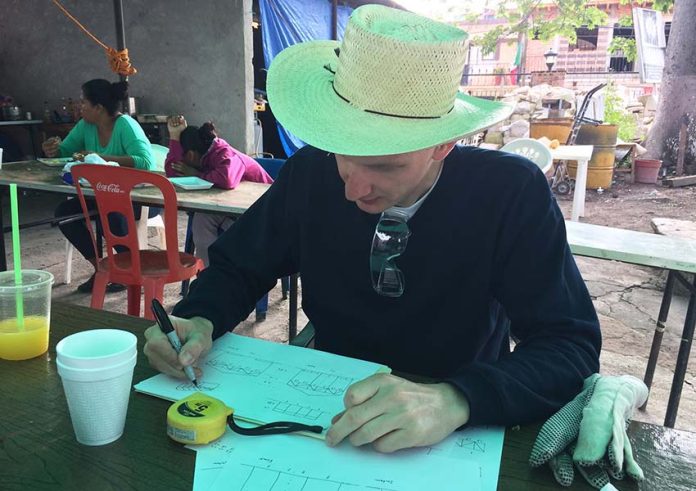Who really could blame those who decided to leave Mexico after S19 (more commonly known to expats as the earthquake of 2017) destroyed their basic sense of safety? But not only did many foreigners decide Mexico was worth it, some found in it a reason to let Mexico change them for the better.
This is the story of one of those people.
Polish architect Aleksander Tokarz’s Mexico story is a bit unique. He and his mother migrated to the United States when he was eight, shortly after the end of the Cold War. He spent the next 15 years of his life there, growing up and then getting a degree in architecture at the California College of the Arts.
The 2008 financial crisis made him return to Europe, where, as a Polish citizen, he had the right to work. He developed his career and got a master’s degree over five years.
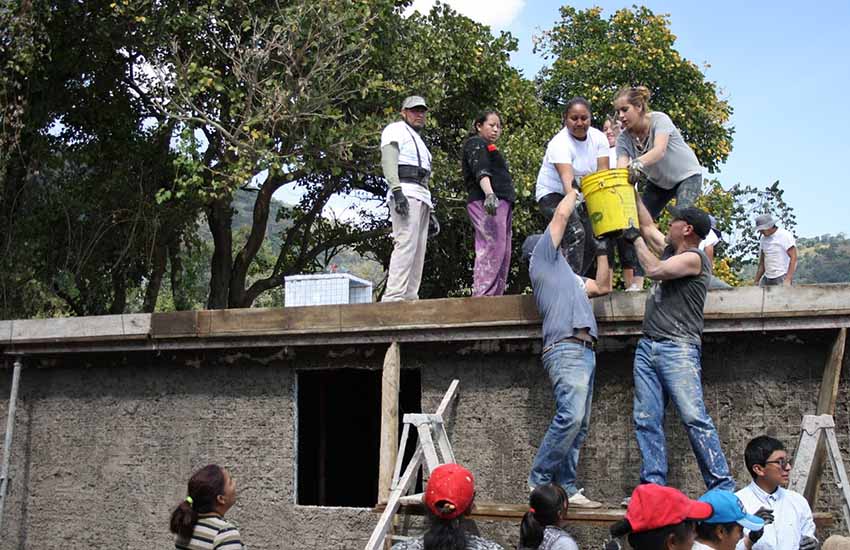
Returning to the New York area, he found out the hard way that he had lost his permanent residency in the U.S. Uncle Sam told him to leave or be deported.
Tokarz decided not to return to western Europe because, well, life can be difficult for Polish people there. Almost like throwing a dart onto a map, he saw that Mexico City was the largest metropolis in Latin America and close to his family in the U.S., so he went.
Once there, he simply knocked on the doors of architectural firms. His confidence paid off, and he landed a job in 2015 with one of the firms frantically trying to save the Texcoco-based Mexico City airport project.
Candidate and then incoming president Andrés Manuel López Obrador was threatening to cancel it; the firm’s strategy was to have it so far completed by the time he took office that he would not dare.
That strategy did not work.
What it did do was create an extremely high-pressure work environment, affecting Tokarz’s mental and physical health.
The quakes of September 2017 were like a one-two punch. The first on September 7 rocked and damaged his 12th-floor apartment in the Roma neighborhood. Then, on September 19, he and his coworkers were told to keep working when the city did its annual earthquake drill at 11 a.m. But two hours later everyone spilled out into the street among falling windows and facades on Reforma avenue.
Tokarz ran to his apartment, only two blocks away, to find that his building, already damaged before, was far worse. He was able to stay in the building, but without water, electricity or elevator.
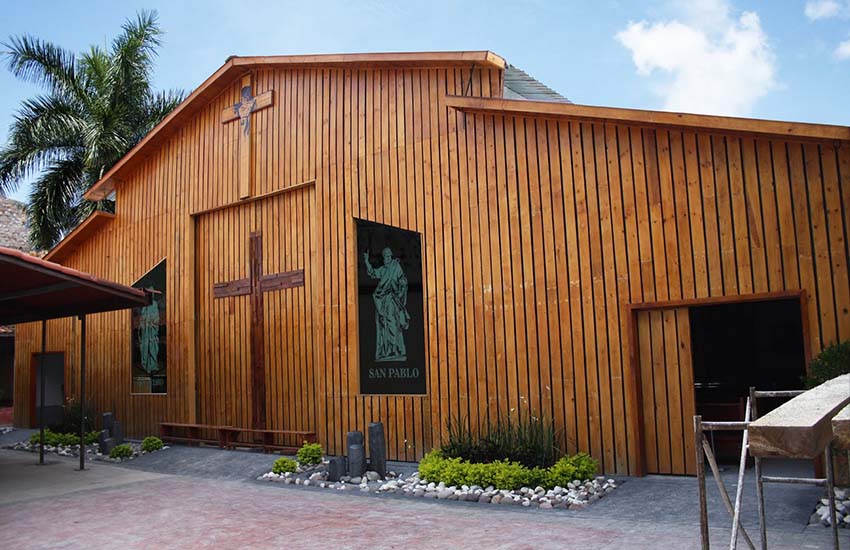
The architect had reached his limit.
“I finally cracked; I quit. After two years of intense work, I stepped away from the project and left the office. I needed this time to reflect about who I was, how I was going to get healthy again…” he said.
Such a process for him did not mean leaving architecture. Instead, he found his skills in desperate need since so many suddenly needed to rebuild.
Tokarz was impressed by the outpouring of support among neighbors, foreign residents and international organizations but found that it was too focused on Mexico City when communities in Puebla, Morelos and even México state had been devastated.
He was not the only one to notice. Calls appeared on expat groups in Facebook, looking for volunteers to go out to these areas. This is how Tokarz became involved in the nearly leveled small town of Tepalcingo in southern Morelos, whose 400-year-old church lay in ruins.
Although there was a dire need for housing, residents decided that the first priority was an alternative to the church in order to provide a focus for the community and long-term relief efforts; rebuilding the old church to historical specifications would take too long.
Tokarz’s role here was obvious.
“I arrived and was able to sketch out an idea right then and there.” The new church was built in six months with volunteer labor, donated land and donated materials.
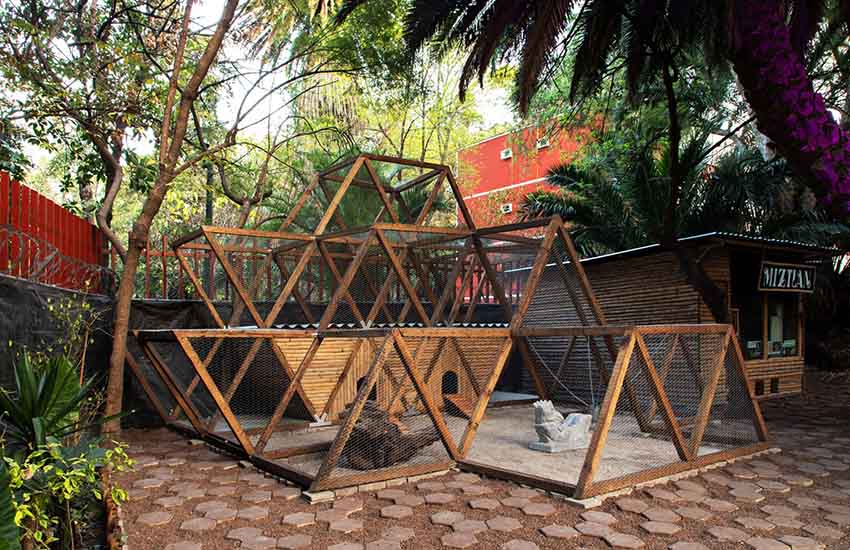
Although there were many requests to do the same in other communities, Tokarz decided that his efforts were most effective when joining with other organizations, especially those creating temporary shelters.
But the church project was both a personal and professional shift for Tokarz. He was no longer interested in megaprojects done by massive corporations. He needed to be hands-on and dealing with the people who would benefit from his work, not just stare at a computer screen all day.
And although he was working just as hard as before, he found his health issues diminishing and energy returning.
The result was a changed portfolio and the founding of Archiguru, an architectural firm that does both non- and for-profit building. His first clients were the owners of the Pinche Gringo BBQ chain, who were impressed with his post-earthquake projects and work ethic. Since 2018, Tokarz has been helping them convert an old factory to a restaurant and corporate offices in the rapidly gentrifying Anahuac I neighborhood.
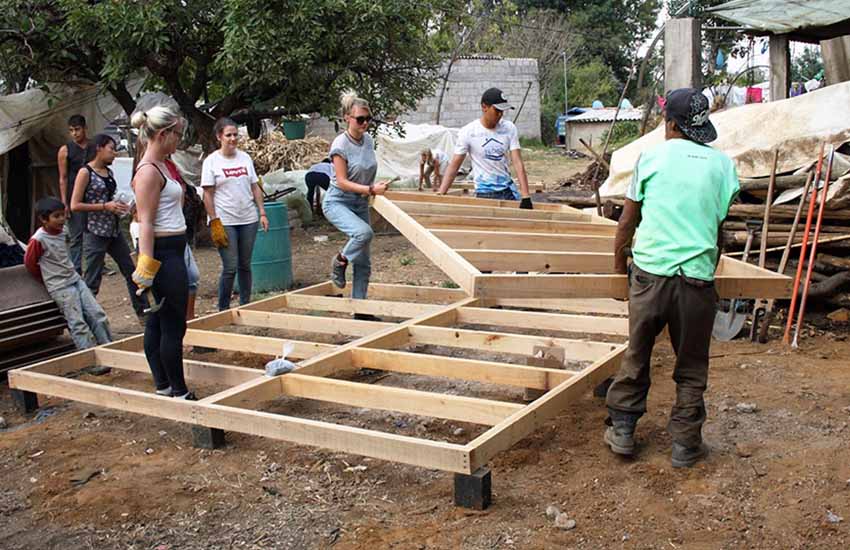
He has several “normal” projects, such as a new apartment building in Roma, but it is his community-minded projects that make him stand out. Much of this work has been with Huerto Roma Verde, a community garden project in Colonia Roma. Tokarz has built several structures on their land in Mexico City and is the project manager for their new, ambitious 2.5-hectare facility in Cuernavaca.
He has no desire to return to corporate architecture. The earthquake made him reevaluate his priorities and find a balance in both life and work that is far healthier than what he had before.
He still lives and rents in quake-prone Roma because that is where most of his clients are, but he has become something of an expert in evaluating buildings that have sustained earthquake damage.
Unfortunately, he says, there are many occupied buildings, even in upscale neighborhoods, that have not been properly repaired.
Leigh Thelmadatter arrived in Mexico 18 years ago and fell in love with the land and the culture in particular its handcrafts and art. She is the author of Mexican Cartonería: Paper, Paste and Fiesta (Schiffer 2019). Her culture column appears regularly on Mexico News Daily.
